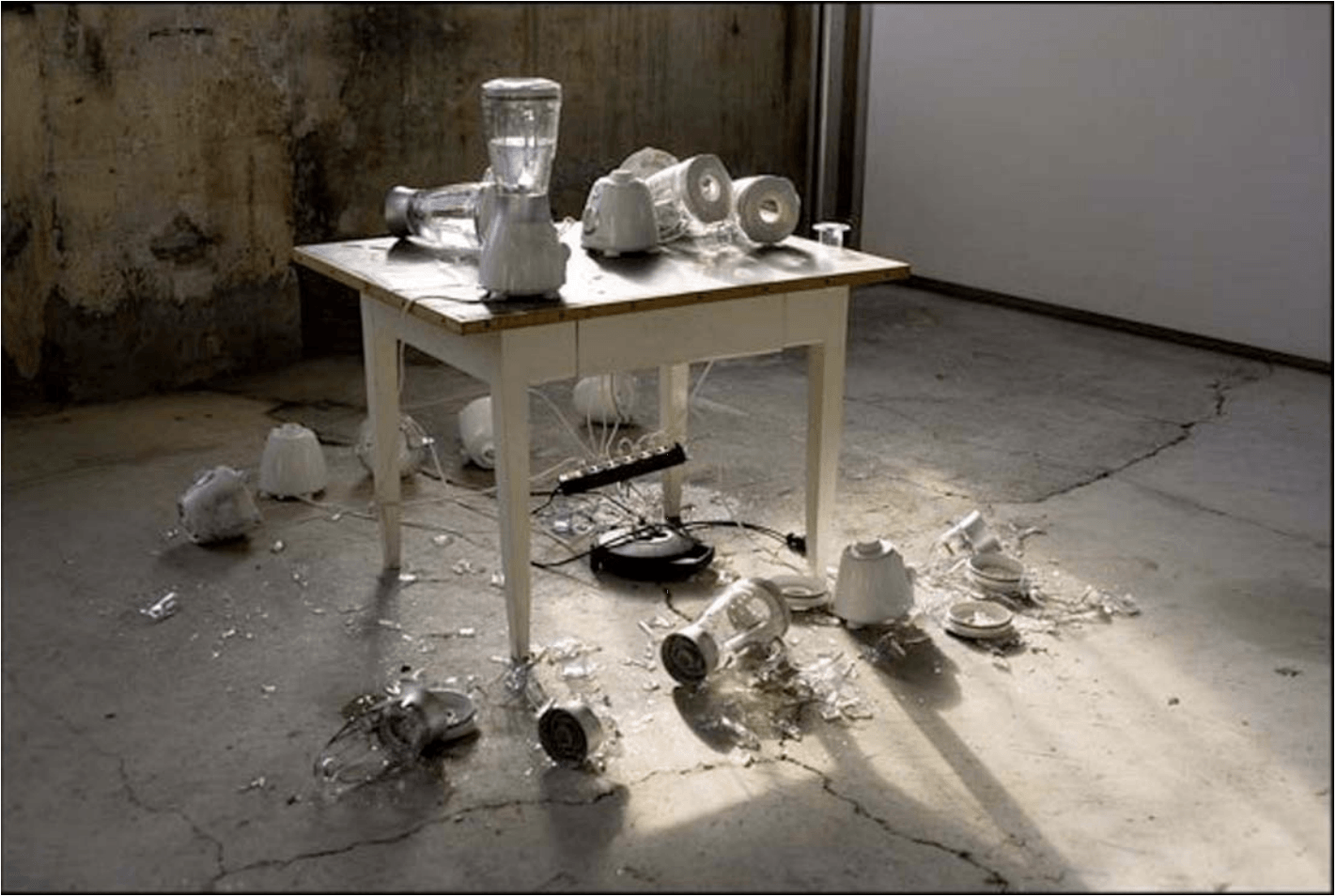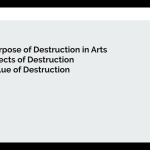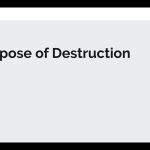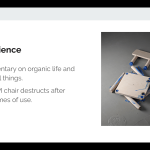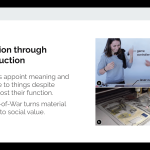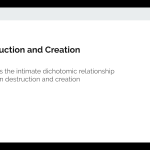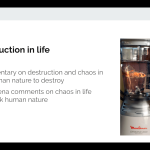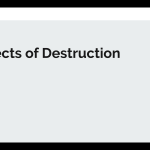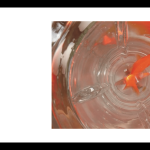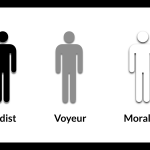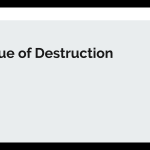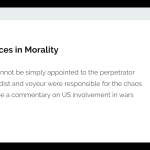- What is the main purpose of the concept of destruction in the arts?
The concept of destruction in the arts is useful in raising attention to the “transience” of life and material things. It is also useful in creating “new forms” of art and commentaries through deconstruction and destruction (Eickhoff, Mueller & Baudisch, 2019). Art that plays with destruction is also able to explore the dichotomy intimacy between “destruction and creation”. Destruction in art could also be used to comment on the destruction in life. All in all, destructive processes helps to expand the artistic vocabulary. (Stiles, n.d.).
- What effect does irreversible consequences have on the participants of the artwork?
In Helena, destruction takes the form of the death of a goldfish, an organic lifeform. Obviously, the liquefied goldfish no longer lives.
Cruel or curious, the sadist who pressed the button, was able to relish or be appalled at the sight of “liquefying” the goldfish. The voyeur could have walked away from the experience feeling guilty for being passive and thus being complicit in killing the goldfish. On the other hand, the voyeur could have also walked away feeling achieved as he or she was able to take advantage of the situation and was still being able to relish in the act of liquefying a goldfish without being explicitly involved. The moralist would have walked away horrified at the knowledge that a goldfish died for unjustified reasons and in an undignified manner.
- What value does destruction bring to the artwork?
Through the death and sacrifice of the goldfish, the artist intends to highlight the nuances in morality; that fault cannot simply be attributed to a single perpetrator. In this case, given the 3 personas, the artist could be alluding to the fact that fault lies in both the bystander and perpetrator. The perpetrator (sadist) acted on his intentions, may it be cruel or curious, while the bystander (voyeur) allows it to happen, both of which contributed to the demise of the goldfish. Thus, they were both be responsible for the chaos and destruction.
The artist could be commenting on the many wars that the United States was funding and involved in in the 1990s. The silence or implicit support from the citizens proves that US citizens were very much responsible for the wars, just as the government and military are.
The artist could also be alluding to our dark penchant for destruction. That given the choice between life and death, the artist highlights that we would still choose death.
Even though destruction is useful in highlighting the negative behaviours in society, it should be applied appropriately. In the case of Helena, the message failed to justify the extent of destruction which is the unethical use of live animals. Many animal activists protested in response and the artist received a huge backlash. Hence, destruction may devalue the art more than it value-adds.
References
Eickhoff, D., Mueller, S., & Baudisch, P. (2019). Destructive Games: Creating Value by Destroying Valuable Physical Objects [Ebook]. Potsdam, Germany: Hasso Plattner Institute. Retrieved from https://oss.adm.ntu.edu.sg/18s2-dn1010-tut-g01/wp-content/uploads/sites/3038/2019/03/Destructive_Games.pdf
Stiles, K. The Story of the Destruction in Art Symposium and the “DIAS affect” [Ebook] (pp. 41-65). Sabina Breitwieser, ed., Gustav Metzger. Geschichte Geschichte (Vienna & Ostfildern-Ruit: Generali Foundation and Hatje Cantz Verlag, 2005). Retrieved from https://web.duke.edu/art/stiles/KristineStilesDIAS_Affect-2.pdf

